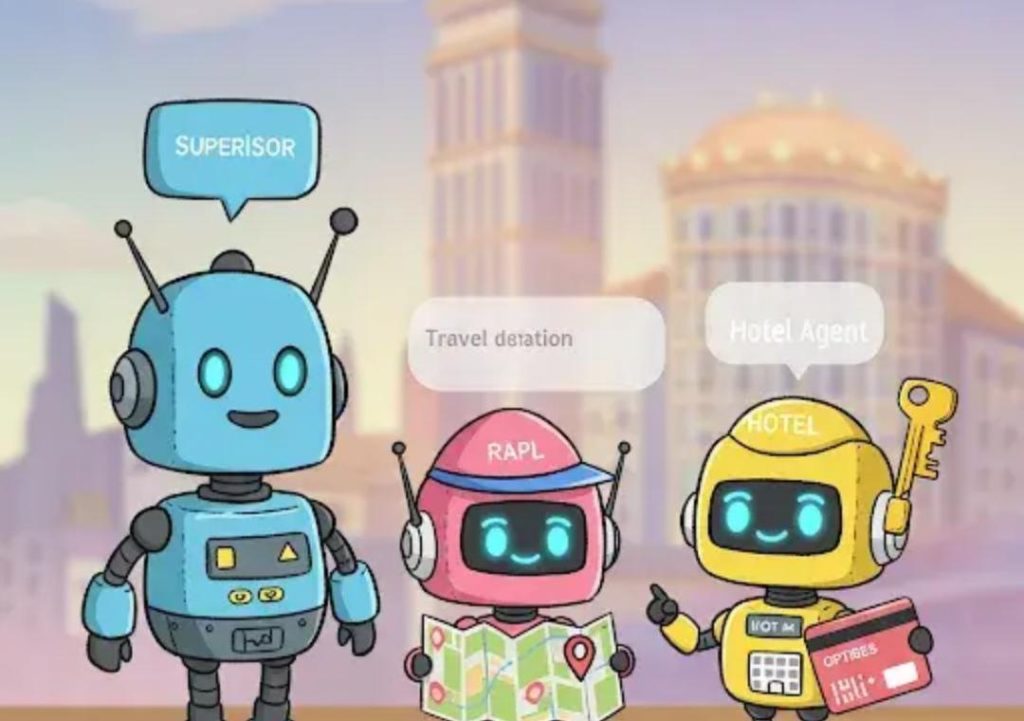
Multi-Agent Collaboration Mimics Real Team Dynamics
In the world of artificial intelligence, it’s become increasingly clear that relying on a single AI agent is no longer the most effective approach. Instead, deploying a team of agents that can specialise, communicate, and collaborate across tasks has emerged as a game-changer in various industries. This concept is known as multi-agent systems, and it’s revolutionising the way we approach AI development.
In traditional AI systems, a single agent is designed to perform a specific task, from data analysis to decision-making. However, real-world problems often require a more nuanced and multifaceted approach. By leveraging multiple agents, we can create digital workflows that mirror human teamwork, but with the speed and scale that machines can offer.
The Benefits of Multi-Agent Systems
So, what makes multi-agent systems so powerful? Here are a few key benefits:
- Task Specialisation: With multiple agents, each can focus on a specific task, allowing for greater expertise and efficiency. For example, one agent might handle data collection, while another agent focuses on data analysis and interpretation.
- Communication and Collaboration: Agents can communicate with each other, sharing knowledge and insights to achieve a common goal. This collaboration enables agents to adapt to changing circumstances and make more informed decisions.
- Scalability: As the complexity of tasks increases, multi-agent systems can scale up or down to meet the demands, without sacrificing performance.
- Flexibility: With multiple agents, it’s easier to adjust the workflow or reassign tasks as needed, allowing for greater adaptability in response to changing project requirements.
Real-World Applications
Multi-agent systems are being applied in various industries, including:
- Research and Development: In scientific research, multi-agent systems can facilitate collaboration between different agents, each contributing to a specific aspect of the project. This enables faster discovery and more accurate results.
- Customer Service: Chatbots and virtual assistants can be designed as multi-agent systems, allowing them to respond to customer inquiries, resolve issues, and escalate complex problems to human representatives.
- Supply Chain Management: Multi-agent systems can optimize logistics, inventory management, and shipping by coordinating tasks between different agents, such as suppliers, manufacturers, and distributors.
- Healthcare: In medical research, multi-agent systems can analyze large datasets, identify patterns, and make predictions, enabling more accurate diagnoses and treatment plans.
Challenges and Limitations
While multi-agent systems offer numerous benefits, there are also challenges and limitations to consider:
- Agent Coordination: Ensuring that agents communicate effectively and work together seamlessly can be complex.
- Conflicting Goals: When agents have different objectives, conflicts can arise, requiring careful design and implementation to resolve.
- Scalability: As the number of agents increases, maintaining the system’s performance and efficiency becomes more challenging.
- Explainability: With multiple agents making decisions, it can be difficult to understand how the system arrived at a particular outcome, making it essential to implement transparency and explainability mechanisms.
Conclusion
As we continue to develop and refine AI technology, it’s clear that multi-agent systems will play an increasingly important role in various industries. By leveraging the strengths of individual agents, we can create more effective, efficient, and adaptable digital workflows that mirror human teamwork.
In conclusion, multi-agent collaboration mimics real team dynamics, allowing us to harness the power of AI in a more nuanced and multifaceted way. As we continue to push the boundaries of what’s possible with multi-agent systems, we can expect to see even more innovative applications and benefits in the years to come.
Source:



